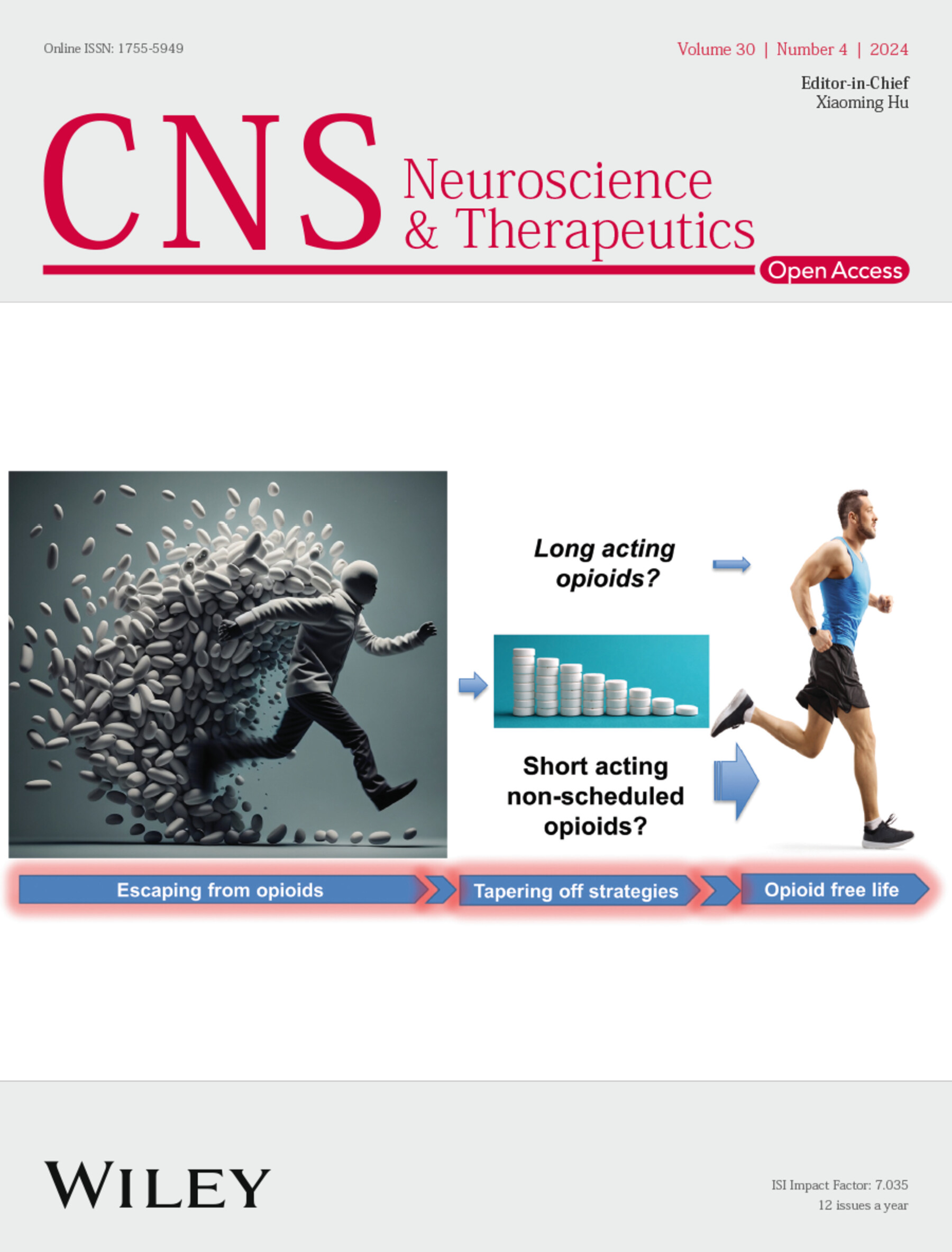Astaxanthin Inhibits Ferroptosis of Hippocampal Neurons in Kainic Acid-Induced Epileptic Mice by Activating the Nrf2/GPX4 Signaling Pathway
Abstract
Background
Epilepsy, a prevalent neurological disorder, is distinguished by episodic abnormal discharges of neurons within the brain, resulting in transient brain dysfunction. Prior research has identified a novel form of cell death termed ferroptosis, which is intricately linked to the initiation and progression of epilepsy. It has been demonstrated that astaxanthin (AST) can inhibit ferroptosis by enhancing the activity of nuclear factor erythroid 2-related factor 2 (Nrf2), thereby providing cytoprotection. Therefore, this study aims to investigate whether AST can alleviate neuronal ferroptosis in epilepsy by activating the Nrf2/GPX4 pathway, thereby exerting a neuroprotective effect.
Methods
By constructing a kainic acid (KA)-induced epilepsy mouse model and a KA-induced HT22 cell model, we employed behavioral testing, Western blot analysis, quantitative real-time reverse transcription qRT-PCR, ferroptosis-related assay kits, immunofluorescence staining, and other methods. These methodologies were utilized to investigate the protective effects and underlying mechanisms of AST on ferroptosis in KA-induced epileptic mice and HT22 neurons.
Results
Our results demonstrate that AST pretreatment alleviates KA-induced epileptic behaviors and cognitive impairments in mice and mitigates ferroptosis indicators such as lipid peroxidation and mitochondrial morphological alterations. This neuroprotective effect appears to be mediated by the activation of the Nrf2/GPX4 signaling axis. In vitro studies further revealed that AST confers neuroprotection against KA-induced HT22 neuronal cell death, an effect that is abrogated by an Nrf2 inhibitor. Hence, the neuroprotective properties of AST are significantly associated with the modulation of the Nrf2-mediated ferroptosis pathway, as corroborated by bioinformatics analyses.
Conclusion
The AST effectively inhibits neuronal ferroptosis in both in vivo and in vitro epilepsy models via the Nrf2/GPX4 pathway. This finding suggests that AST holds promise as a potential therapeutic agent for the treatment of epilepsy.


 求助内容:
求助内容: 应助结果提醒方式:
应助结果提醒方式:


